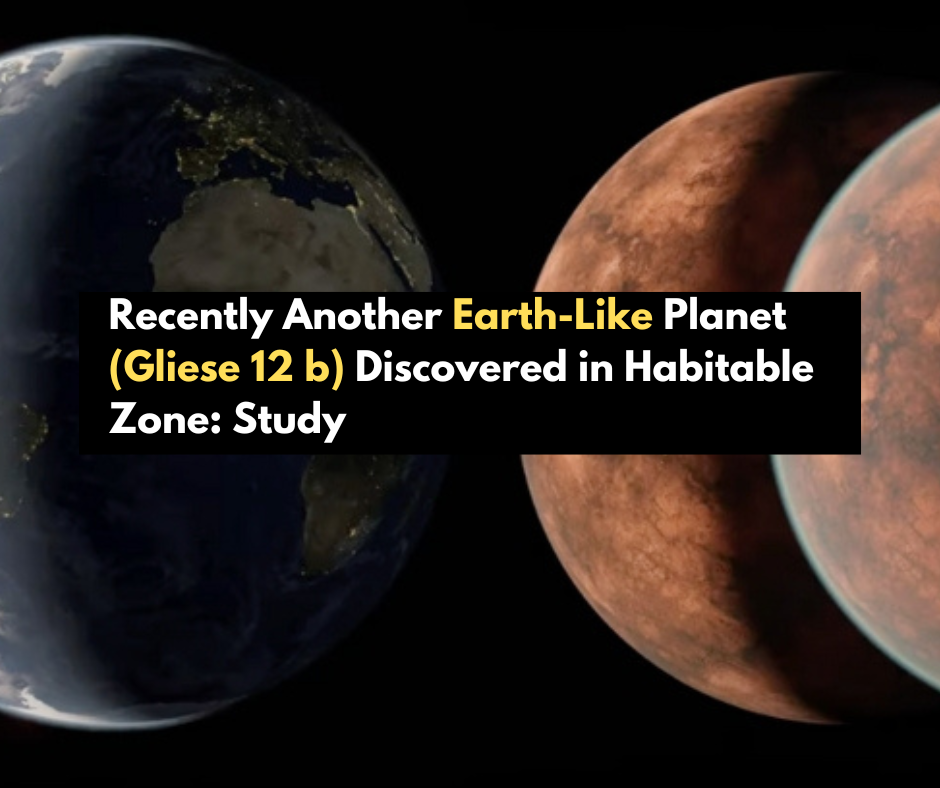
In a thrilling advancement for astronomy and the quest for extraterrestrial life, an international team of scientists has unveiled the discovery of Gliese 12 b. This temperate, Earth-sized exoplanet is a mere 40 light-years away — a surprisingly close 378 trillion kilometers from our planet.
Researchers from around the globe, including significant contributions from McGill University and Western University, collaborated on the quest for Gliese 12 b through the InfraRed Doppler Subaru Strategic Program (IRD-SSP), which aims to find habitable zone planets around red dwarfs. The international team discovered the planet using a combination of cutting-edge telescopes and advanced observational techniques. This discovery opens up exciting opportunities to deepen our understanding of worlds beyond our solar system.
Gliese 12 b orbits its central star, Gliese 12, a red dwarf. Red dwarfs are smaller, cooler, and more common than G-type stars like our Sun. Planets orbiting red dwarf stars are prime candidates in the search for extraterrestrial life. Significant effort has been dedicated to finding these planets because terrestrial worlds are easier to detect around red dwarfs compared to more massive stars. Gliese 12 is one of two red dwarf stars within 100 light-years of Earth — the other being TRAPPIST-1 — that host Earth-sized planets with relatively low stellar radiation.
TRAPPIST-1’s strong activity, including high-energy stellar flares, likely disrupts the habitability of its planets. Recent observations indicate that TRAPPIST-1 b and c have almost no atmosphere.
Highly active stars produce frequent and intense flares, emitting life-threatening high-energy radiation. In contrast, Gliese 12 is an unusually inactive red dwarf, meaning its planets face much less harmful conditions.https://youtu.be/zNqwdKwNEOM?si=Wwvif4lujGivsWHj
What makes Gliese 12 b particularly intriguing is its size and location. Roughly the same size as Earth, it may have a similar makeup and surface environment, though more observations and modeling are needed to confirm this. Gliese 12 b’s position near the inner edge of its star’s habitable zone makes it especially noteworthy. The habitable zone, or “Goldilocks zone,” is the region around a star where conditions are just right for liquid water to exist on a planet’s surface. Since water is essential for life as we know it, finding a planet in this zone is a significant milestone in the search for life. Gliese 12 b receives just enough starlight to be slightly closer than the inner edge of the habitable zone for red dwarfs. However, the actual presence of liquid water depends on its atmosphere and surface conditions.
From another perspective, the amount of starlight Gliese 12 b receives is between what Earth and Venus get from the Sun. Further study of Gliese 12 b could illuminate the key differences between a habitable Earth and an inhospitable Venus.
Another exciting aspect of Gliese 12 b is its relatively close proximity to Earth, allowing for more detailed study of its surface environment. One particularly useful method for studying Gliese 12 b is atmospheric transmission spectroscopy, which isn’t possible for non-transiting planets. This technique involves analyzing the starlight that passes through a planet’s atmosphere during transit. By studying the changes in the light’s spectra, scientists can infer the composition of the planet’s atmosphere, identifying gases like oxygen, water, methane, and carbon dioxide, which could indicate biological processes.
The discovery of Gliese 12 b is a stepping stone toward finding potentially habitable planets and understanding the conditions that make life possible. Current and future telescopes, such as the James Webb Space Telescope and ground-based extremely large telescopes, will play crucial roles in further investigations. These instruments will allow scientists to conduct more detailed studies of Gliese 12 b’s atmosphere and surface conditions. The discovery of Gliese 12 b, a nearby possibly habitable exoplanet, is a thrilling development in the quest to find Earth-like planets and, potentially, extraterrestrial life. As we continue to explore the cosmos, each new discovery brings us closer to answering the age-old question: Are we alone in the universe? For now, Gliese 12 b stands as a beacon of hope and curiosity, inviting us to learn more about the possibilities that lie beyond our own solar system.
The discovery of Gliese 12 b, a temperate, Earth-sized exoplanet just 40 light-years away, marks a thrilling milestone in the search for extraterrestrial life. This nearby planet’s size and location within its star’s habitable zone make it a prime candidate for further study, particularly through atmospheric transmission spectroscopy. This technique, which analyzes starlight passing through the planet’s atmosphere, could reveal the presence of life-indicating gases such as oxygen, water, methane, and carbon dioxide. Current and future telescopes, like the James Webb Space Telescope, will enable more detailed investigations, bringing us closer to understanding the conditions that make life possible beyond our solar system. As a beacon of hope and curiosity, Gliese 12 b invites us to explore the possibilities of life beyond Earth, edging us closer to answering the profound question: Are we alone in the universe?
Research By: Vigneshwaran Krishnamurthy, Postdoctoral Researcher, Astrophysics, McGill University and Hiroyuki Tako Ishikawa, Postdoctoral Researcher, Astrophysics, Western University. This article is republished from The Conversation under a Creative Commons license. Read the original article.